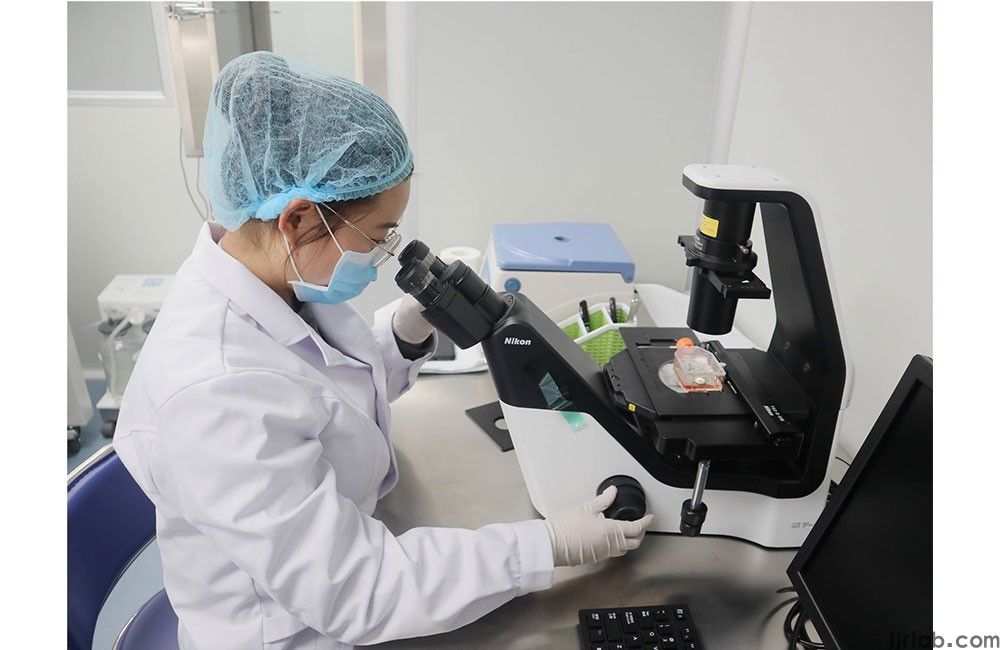
Biocompatibility Testing for Medical Devices ISO 10993
The biocompatibility testing fee for ISO 10993 medical devices is $4,000, with a turnaround time of 4 weeks (including cytotoxicity testing, sensitization testing, and skin irritation testing). Our laboratory holds CNAS and CMA qualifications and is an GLP authorized laboratory, capable of providing you with biocompatibility testing reports in both Chinese and English.
Email: chen18814186731@gmail.com

What is biocompatibility Testing?
Biocompatibility testing sounds highly specialized and might not draw much attention in daily life, but it's actually a mandatory testing process for all medical devices that come into direct contact with consumers/patients.
Biocompatibility refers to the compatibility between living tissues (human or animal) and inert materials (medical products), involving biological, physical, and chemical reactions. It generally refers to the compatibility between materials and hosts or, in simpler terms, the degree to which medical product materials can interact with or be implanted into the body without causing harm and to what extent.

Common Biocompatibility Tests
1. Cytotoxicity Test: Part 5 of the Biological Evaluation of Medical Devices – iso 10993-5:1999. This test, conducted in vitro, simULates the growth environment of organisms outside the body to detect cytotoxic effects, inhibition of cell growth, and other toxic effects that occur when medical devices and biomaterials come into contact with body tissues.
2. Skin Irritation Test: Part 10 of the Biological Evaluation of Medical Devices – iso 10993-10:2002. This test evaluates the potential release of chemical substances from medical devices that may cause skin, mucous membrane, or eye irritation reactions when in contact with the human body.
3. Sensitization Test: Part 10 of the Biological Evaluation of Medical Devices – ISO 10993-10:2002. This test assesses immune system reactions caused by repeated or prolonged exposure to chemical substances.
Email:chen18814186731@gmail.com
Email:hello@jjrlab.com
Write your message here and send it to us
 Amazon ISO/IEC 17025 UL Testing Service Laboratory
Amazon ISO/IEC 17025 UL Testing Service Laboratory
 How to get CE Certification for Lighting Products?
How to get CE Certification for Lighting Products?
 CE Certification Standards & Process for Elect
CE Certification Standards & Process for Elect
 Japan METI Registration & Japanese Agent Servi
Japan METI Registration & Japanese Agent Servi
 Temperature Shock Test (IEC 60068-2-14:2009)
Temperature Shock Test (IEC 60068-2-14:2009)
 Electromagnetic Compatibility (EMC) Testing Servic
Electromagnetic Compatibility (EMC) Testing Servic
 Canada ISED Certification (IC Certification) Analy
Canada ISED Certification (IC Certification) Analy
 CSA C22.2 No.42 Compliance Test Report for Amazon
CSA C22.2 No.42 Compliance Test Report for Amazon
Leave us a message
24-hour online customer service at any time to respond, so that you worry!




